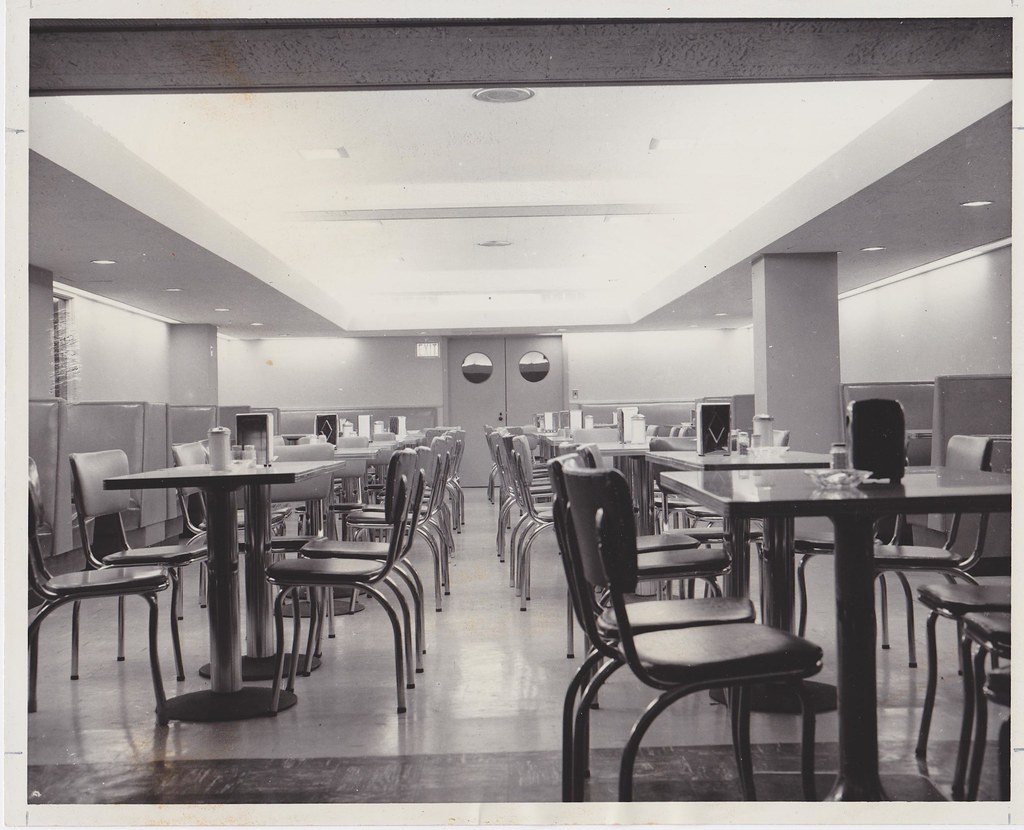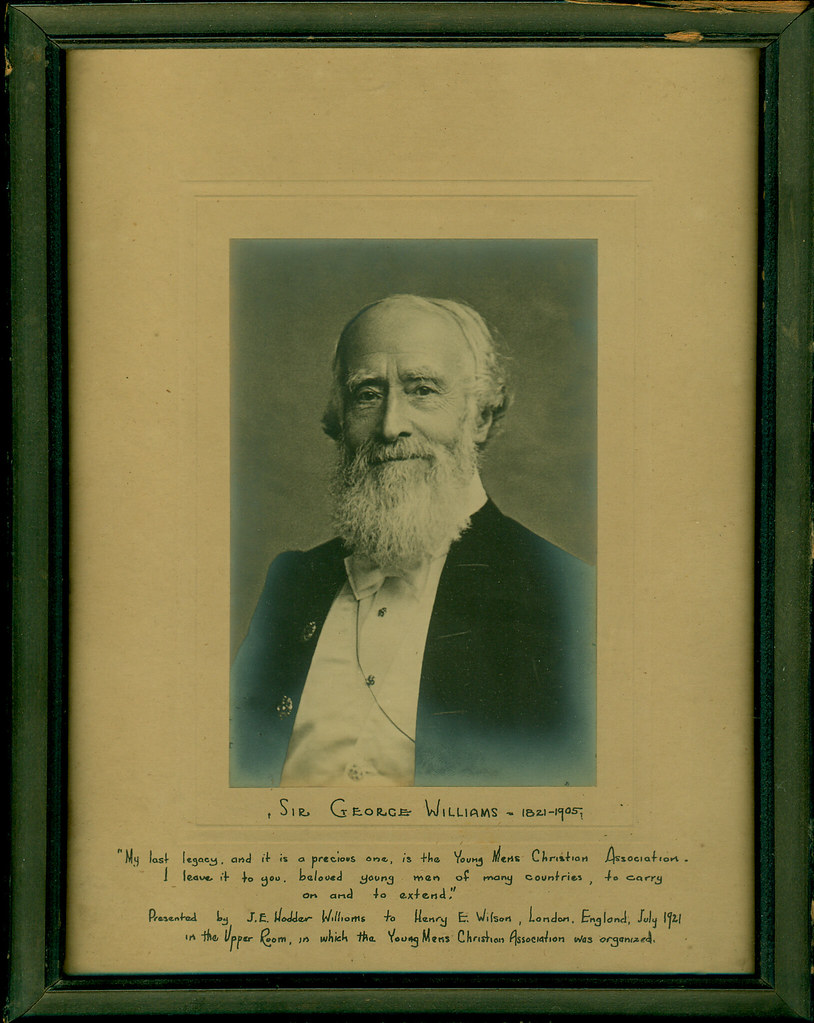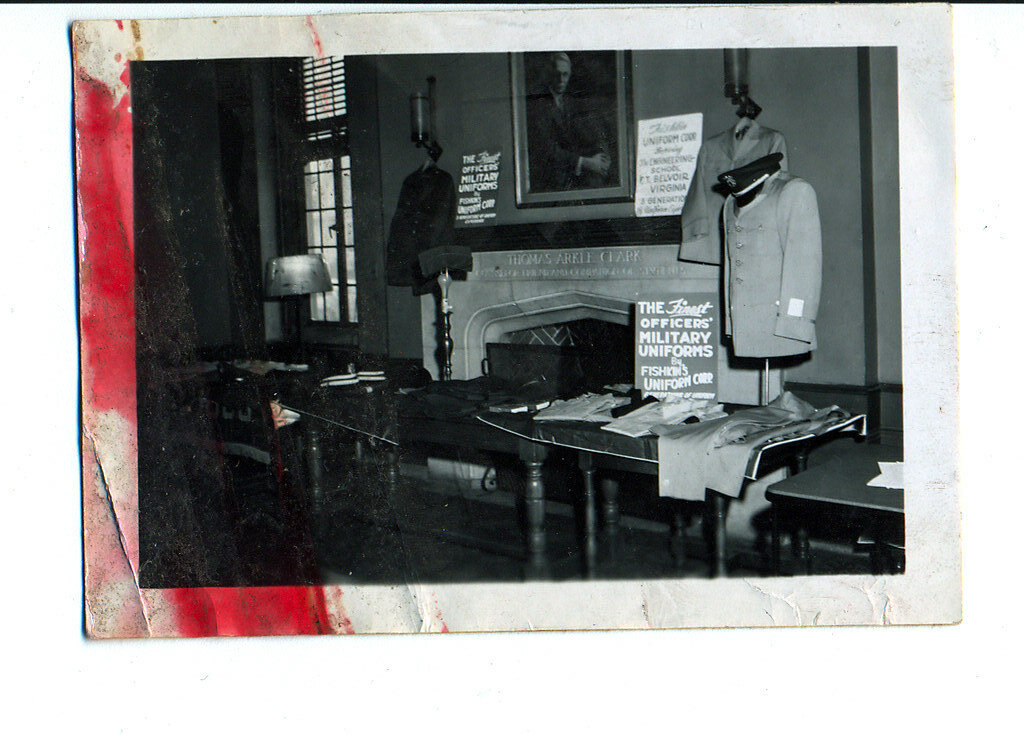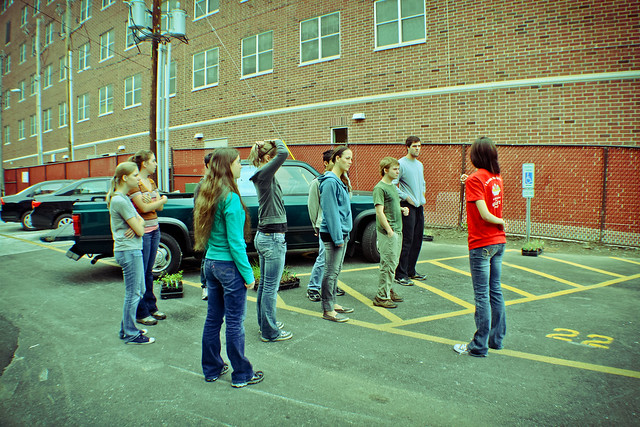The Buzz thinks so... check it out for an upcoming article celebrating Halloween this week. Michael Kleen, author of Haunting Illinois, also suspects a haunting in the Y basement (which comes as no surprise to any who have frequented our underground halls). See the Daily Illini article here.
According to prairieghosts.com:
"Perhaps the oddest campus haunting involves the Native American who
roams the basement of the University YMCA building on South Wright
Street. Decades ago, the basement was decorated with a very large
painting of a Native American chief. It had been placed in the student
lounge and cafeteria and little was thought about it... until nighttime
visitors started to notice something very strange. According to their
stories, after all of the lights had been turned out for the night, the
chief would somehow leave the painting and wander about the building.
Hard to believe? I would have to agree with that, but those who claim to
have seen the Indian walking around in the dimly lit corridors just
might argue with us!"
A New Ghost?
One Y Staff member suggests that the ghost of Fred Bailey possesses a portrait that still hangs in the Program Office on the first floor. He swears Bailey's eyes follow him around the room, no doubt watching to be sure the program staff are performing efficiently.
Let's be honest... most of the guys adorning our walls seem fairly jolly and beneficent. Take Sir George Williams as shown above.
Who really haunts the Y?
There are some people who may not yet be ghosts, but haunt the Y all the same. Kasey Umland, Program Director, can often be found here after hours, waiting for students to visit with her. Dedicated students and staff are here all hours, but all their creeping around and hanging out is the kind of work that keeps the place alive and makes positive change in the local community.
But who knows... maybe when our Y alum pass on they'll come back to grace our halls at night with a happy presence.
Check out our Y Archives Collections on Flickr for more historic photos of the Y.
Oh, and Happy Halloween!
HALLOWEEN PARTY ON 10/28 starting at 8pm. Costume contest starting at 10:30.










